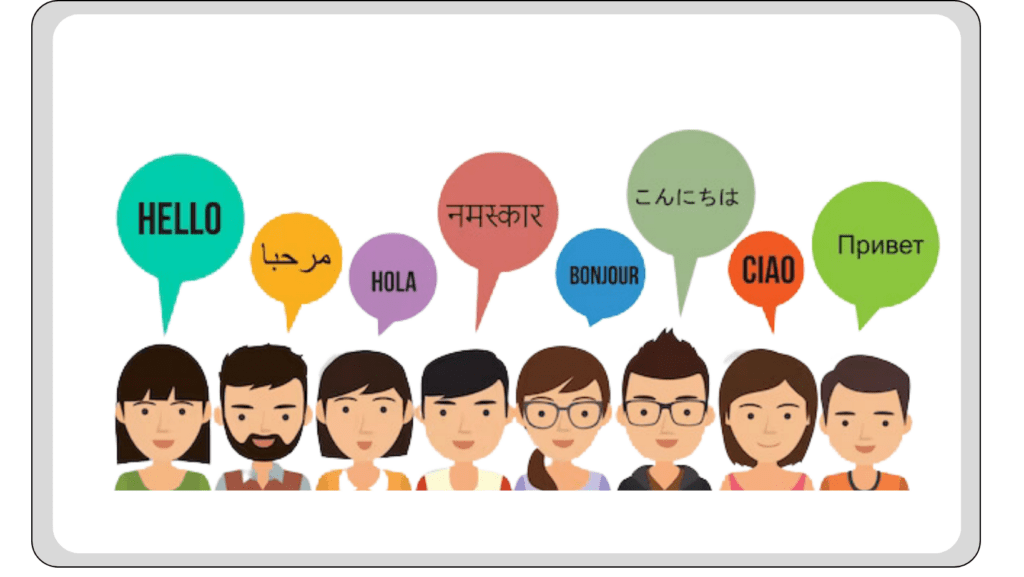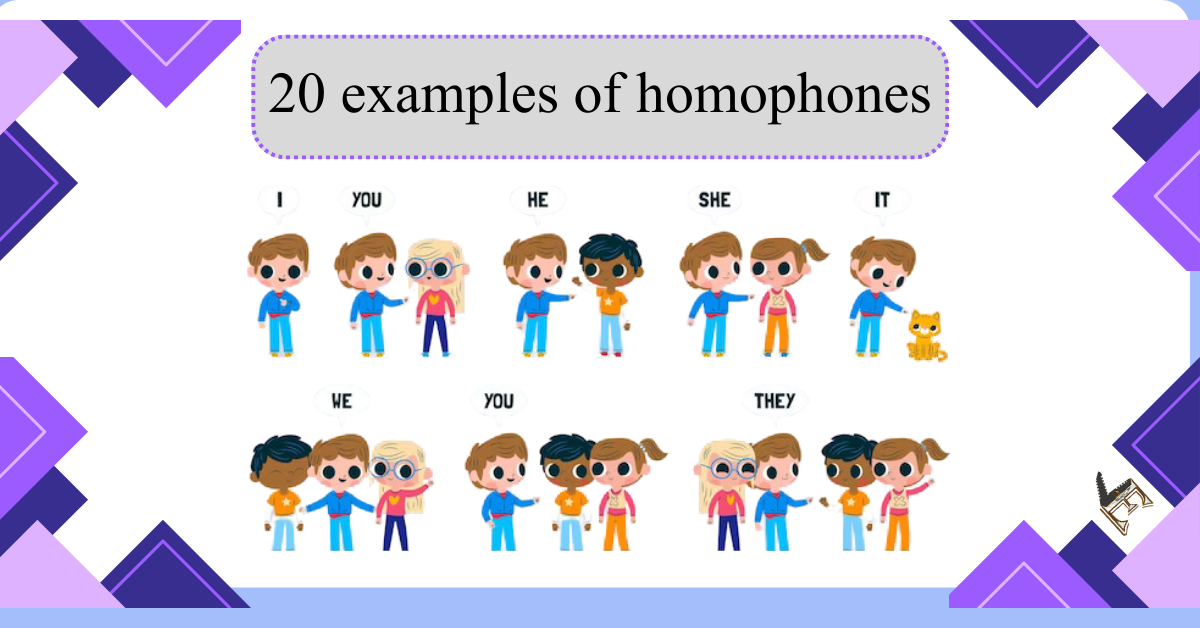Homophones are a fascinating aspect of the English language, often causing confusion for both native speakers and learners. These words share the same pronunciation but have different meanings and, in many cases, different spellings. Whether you’re a language enthusiast, a student, or just someone looking to improve your vocabulary, understanding homophones can be both educational and entertaining.
Examples of Homophones
In this article, we’ll explore 20 common examples of homophones, shedding light on their meanings and usage to help you differentiate between these tricky words.
1. Their vs. There vs. They’re
- Their: Refers to possession by a group.
- There: Indicates a place or location.
- They’re: Contraction of “they are”.
2. To vs. Too vs. Two
- To: Preposition indicating direction.
- Too: Means “also” or “excessively”.
- Two: The number 2.
3. Your vs. You’re
- Your: Denotes possession.
- You’re: Contraction of “you are”.
4. Its vs. It’s
- Its: Denotes possession by “it”.
- It’s: Contraction of “it is” or “it has”.
5. Whose vs. Who’s
- Whose: Shows possession.
- Who’s: Contraction of “who is” or “who has”.
6. Effect vs. Affect
- Effect: Refers to the result or impact.
- Affect: Means to influence or produce a change.
7. Principle vs. Principal
- Principle: Refers to a fundamental truth or belief.
- Principal: This can mean a person in a leading position or the principal sum of money.
8. Lose vs. Loose
- Lose: Means to not win or misplace something.
- Loose: This means not tight or fixed.
9. Complement vs. Compliment
- Complement: Something that completes or goes well with something else.
- Compliment: An expression of praise or admiration.
10. Flour vs. Flower
- Flour: Used in baking and cooking.
- Flower: A plant blossom.
11. Break vs. Brake
- Break: To separate or shatter.
- Brake: A device for slowing or stopping motion.
12. Piece vs. Peace
- Piece: A part of something.
- Peace: Refers to calmness or absence of conflict.
13. Hear vs. Here
- Hear: To perceive sound.
- Here: Refers to a location.
14. Write vs. Right
- Write: To put words on paper.
- Right: Correct or opposite of left.
15. Allowed vs. Aloud
- Allowed: Permitted or given permission.
- Aloud: Audibly, not silently.
16. Weather vs. Whether
- Weather: Refers to atmospheric conditions.
- Whether: Introduces alternatives.
17. Bear vs. Bare
- Bear: An animal or to tolerate.
- Bare: Uncovered or naked.
18. Cite vs. Site vs. Sight
- Cite: To quote a source.
- Site: A location.
- Sight: Refers to vision.
19. Poor vs. Pour vs. Pore
- Poor: Lacking wealth.
- Pour: To flow or cause to flow.
- Pore: Small opening in the skin.
20. Dear vs. Deer
- Dear: Loved or precious.
- Deer: An animal.

Learning these homophones can significantly enhance your writing and speaking skills, preventing misunderstandings and misinterpretations. By recognizing these distinctions, you’ll not only improve your communication but also gain a deeper appreciation for the intricacies of the English language.

